Regardless of age, all shooters at one time or another experience some type of physical ailment. Ranging from injuries like a broken arm or leg to joint or tendon pain to muscle strain, pull, ache or cramps; there are any number of ailments that come and go over time. As much as we want to fight through these and continue to develop our shooting skills, it behooves us to find a middle path between allowing your body to recover and continue training.
Specifically identifying what you can and can’t do based on your current ailment(s) or health issues is paramount. Using the example of tennis elbow or something along those lines, you don’t want to exacerbate the situation to make it even worse, but you also don’t want to lose valuable time on gun.
Some conditions will prevent you from going to the range, while others will not. Regardless of whether you can or can’t get to the range, there are several ways to move along a middle path to continue with your training gains.
The Secret Ingredient
The secret recipe for your skills development can be described in three progressive steps. Step one is understanding. The body cannot go where the mind has not been, so first and foremost is to gain an understanding sufficient enough that you can wrap your mind around it and truly grasp the concept or the idea.
To feed your mind is to read books, articles, snippets, excerpts, et al that aid you in your research of shooting principles. Watching videos from qualified instructors, attending weekend seminars or one-day or even one-hour presentations both on and offline, may not provide the necessary physical repetitions required to make you a better shooter, but can give you new or different ideas about specifics you can work on, alternative methods or practices and different ways to approach things you’ve already been doing but from a completely different perspective or modality. Such study can significantly increase your level of understanding.
The next step, following your level of understanding, is your level of skill in executing that understanding. Given your specific temporary impediment, you may need to modify or adjust a training drill or convert it to dry fire. For example, if you’ve got a bad hip or a bum knee and it’s difficult or further irritating to engage it, then make the mechanical adjustment to work around it.
Maybe you can’t run or even walk toward the target, so you sit instead of stand. Use a chair to alleviate the aggravation and modify your routine accordingly. If your strong-side elbow is tweaked, then work only your support side for a while. We all need work on support-hand-only repetitions!
If you can’t get to the range, then set up your course of dry fire. You may not be able to experience the recoil effects, but there is a plethora of mechanical processing you can run such as presentations, movement (transitions), reloads and trigger presses starting from on or off the trigger and inside or outside the trigger guard all without moving the muzzle.
The last and final step following understanding and skill is the performance of that isolated skill as an exercise. For example, training your eyes to a higher level of performance by developing your visual acuity. Such visual training legacy drills as eye-sprints and eye-muzzle target acquisition drills.
Seek the visual center of the target working on hard target focus, transferring vision from one spot to the other quickly focusing on the center of the target only. Setting up and engaging one-inch dots and focusing on several of them left and right up and down, diagonally left to right, etc., pays dividends. You don’t even need your gun to run these just run them for pure visual skills development.
Stay In The Fight, No Matter What
Performance exercises can include the likes of seated-position reloads from both in and out of battery. Presentations, trigger manipulation, reloads, eye-sprints, muzzle start and stop drills on transitions between multiple targets and or any combination thereof can significantly contribute to your performance.
If your arms are compromised, then move your legs; if you can’t use your legs, then use your arms; if you’re completely out of commission (limbs) work your eyes and your mind, there’s always room for improvement and just because one body part may be out of commission doesn’t mean you’ve lost the functionality of all the other parts.
Sustaining and even further developing your shooting skills while operating at less-than-optimal capacity is as much about wisdom as it is about willpower. Training your mind by increasing your understanding and discovering perhaps new or alternate training approaches opens the door to your next level skills development leading to greater performance of those skills.
The middle path is not a compromise but a strategy, one that keeps you moving forward without burning yourself out or breaking yourself down. It is the disciplined choice to train with purpose, adapt with intelligence and respect the signals your body sends, so that every setback becomes an opportunity to refine rather than regress.
By walking that middle path, you not only preserve your hard-earned skillsets, but cultivate the mental resilience and adaptability that separate those who merely endure from those who continually evolve.
Read the full article here





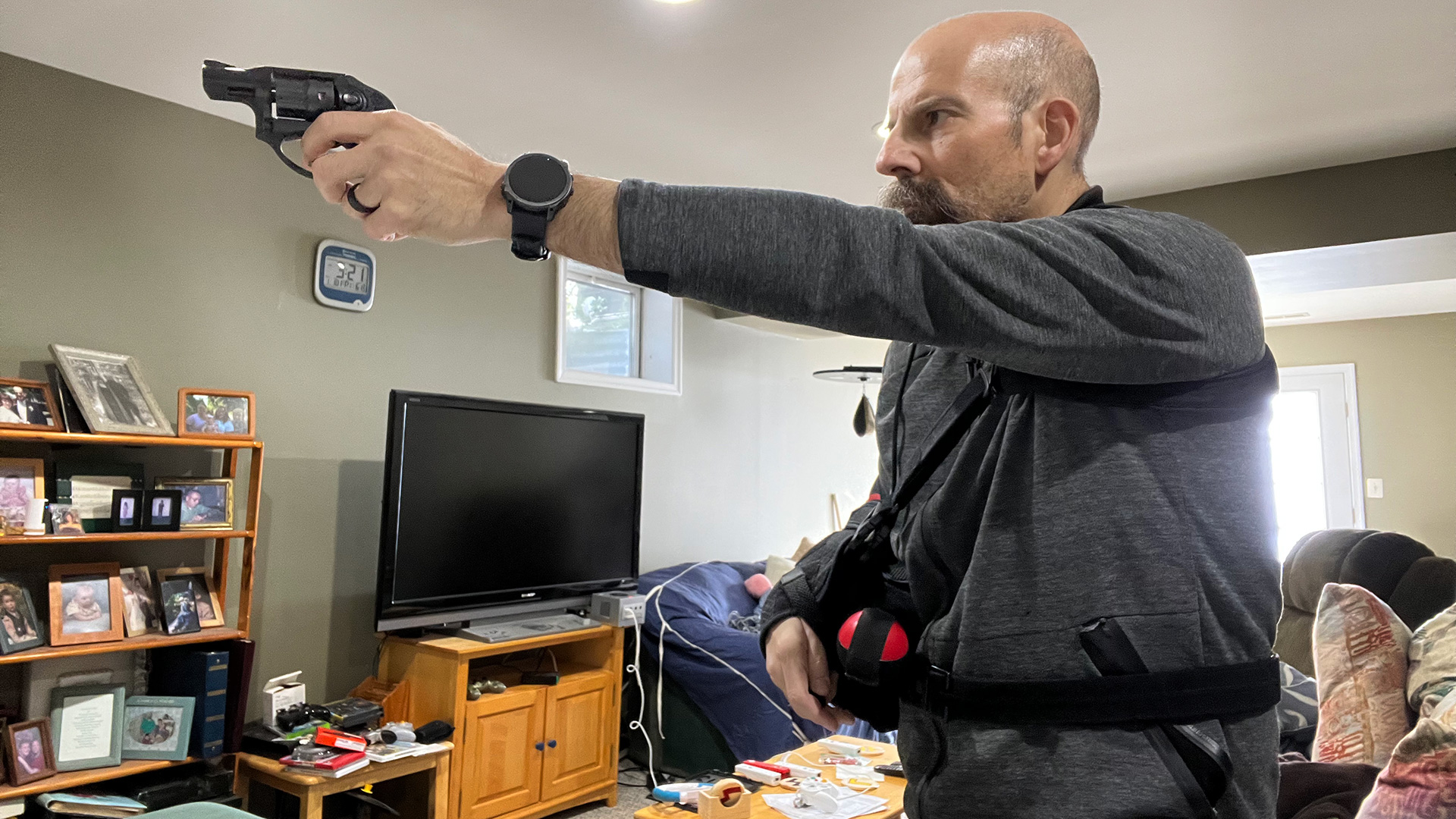
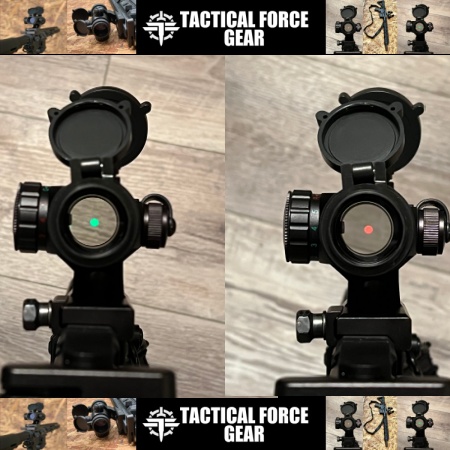







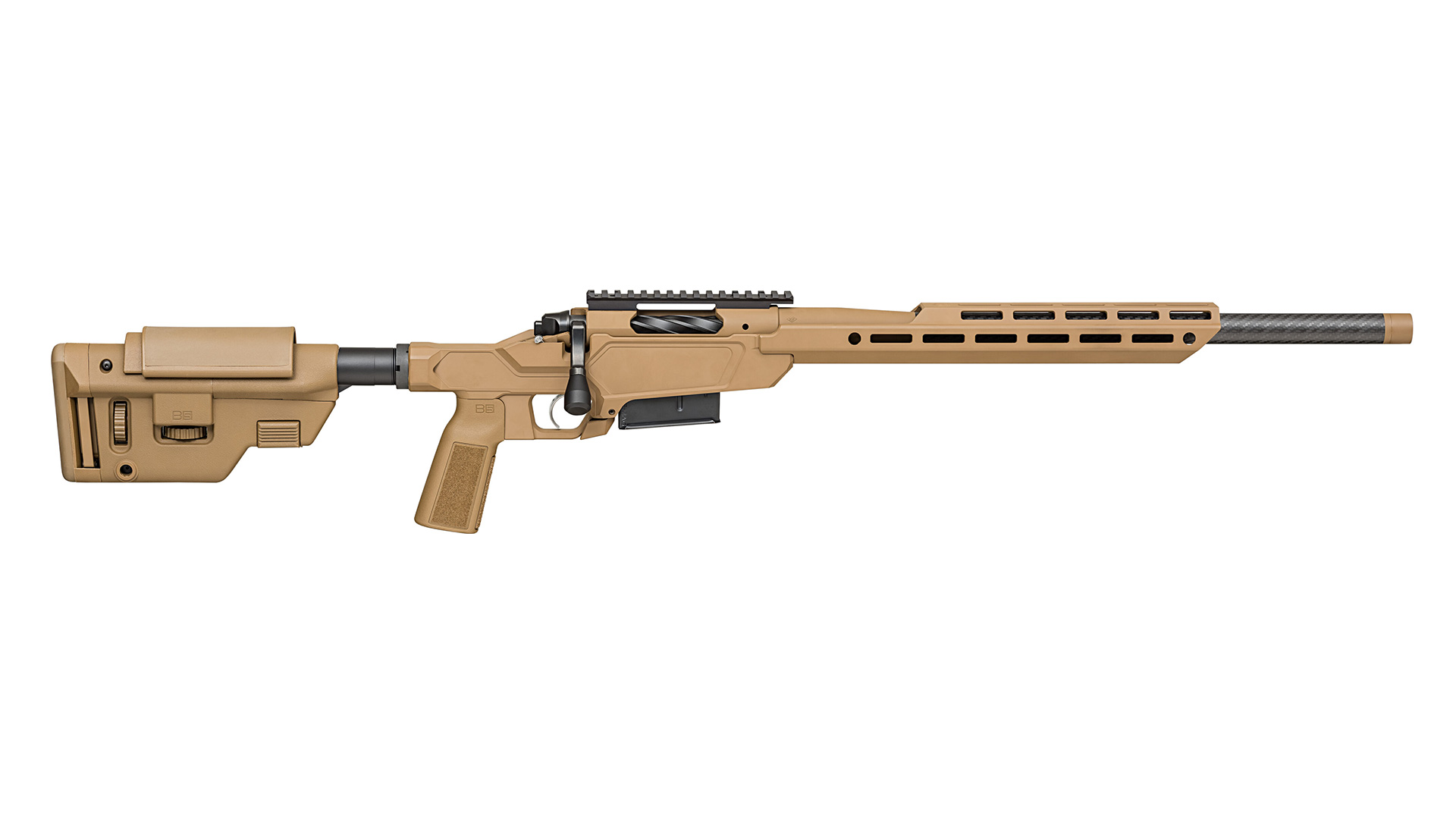
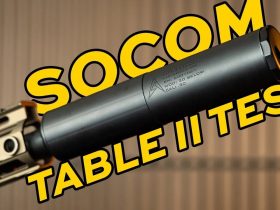
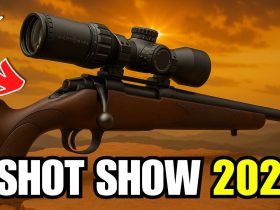
Leave a Reply